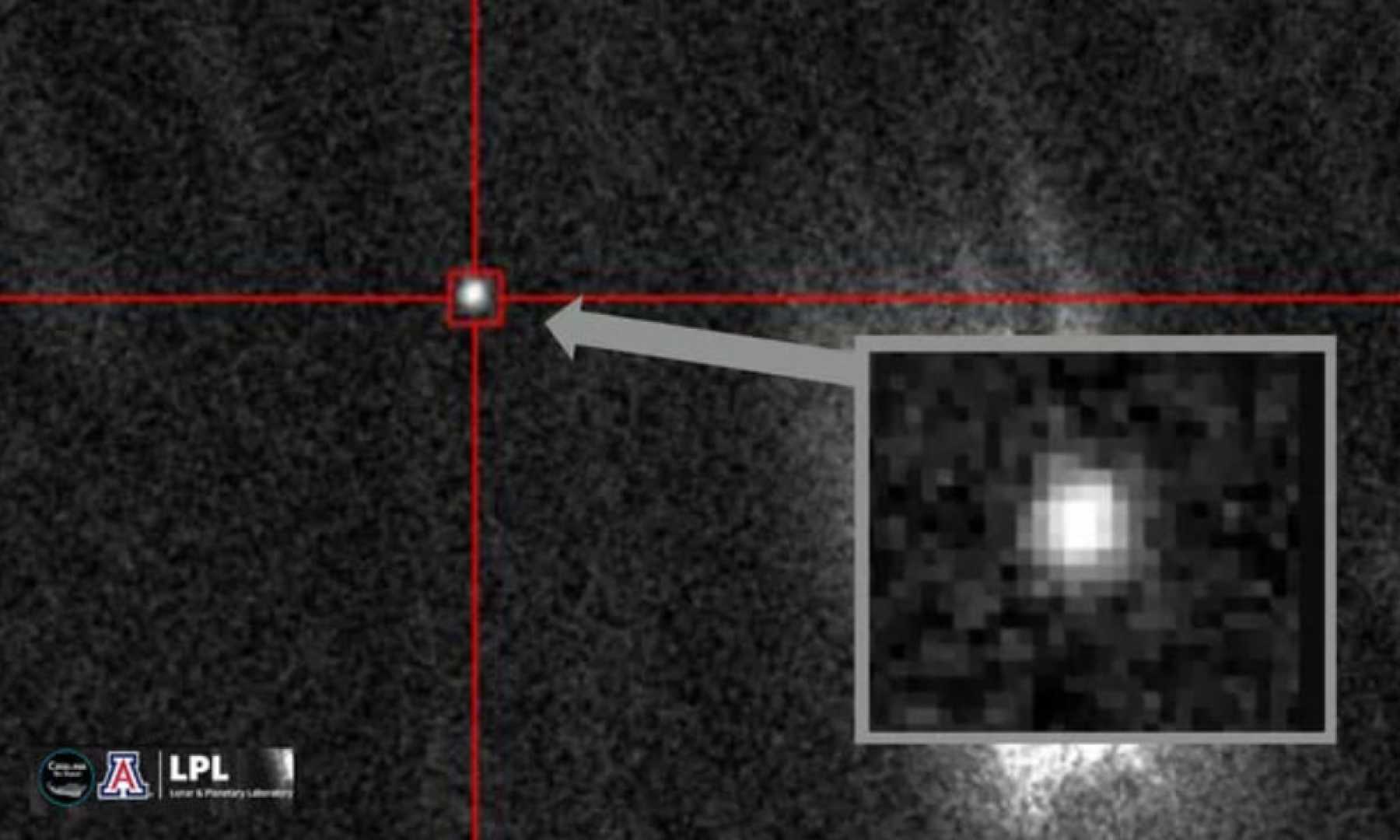NASA Reports Growing Risk of Asteroid Strike in 2032

WASHINGTON, D.C. — Recent research from NASA indicates that the probability of an asteroid striking Earth in 2032 has risen to 3.1 percent, prompting heightened international attention. The asteroid, designated 2024 YR4, was first identified in December 2024 and has become a focal point for astronomers monitoring near-Earth objects.
Asteroid 2024 YR4 is estimated to measure between 130 and 295 feet in diameter, comparable to the width of an NFL field. NASA’s analysis suggests there is now a 1 in 32 chance of a collision occurring when the asteroid makes its closest approach on December 22, 2032. This projection marks an increase from earlier estimates of 1.9 percent.
The path of 2024 YR4 will be closely observed by NASA in collaboration with the European Space Agency‘s James Webb Space Telescope in March before the asteroid becomes obscured from view. As Paul Chodas, director of NASA’s Center for Near-Earth Object Studies, stated, “To be clear, we expect the impact probability to drop to zero at some point.”
The ascending odds reflect ongoing efforts by astronomers to refine their calculations based on new observations. The asteroid has received a Level 3 rating on the Torino Impact Hazard Scale, indicating a close encounter that merits observation, as detailed by the European Space Agency. This level signals a 1 percent or greater chance of collision capable of localized destruction.
In the unlikely event of a collision, potential impact areas could include the eastern Pacific Ocean, parts of South America, the Atlantic Ocean, Africa, the Arabian Sea, and South Asia. If 2024 YR4 were to collide with Earth, it would do so at an estimated speed of 38,000 miles per hour, resulting in a significant localized explosion, though it would not pose a threat to global stability.
Experts emphasize that these probabilities are susceptible to change as more data becomes available. Historically, many asteroids once assessed as potential threats have been downgraded to a zero percent chance of impact following further study. “This is a classic case of monitoring and evaluating,” said Bill Harwood, a CBS News space consultant. “We have to wait and see how its trajectory settles down as we get additional observations.”
As the astronomical community continues to gather data on 2024 YR4, the collaboration between various space agencies highlights their commitment to planetary defense. The James Webb Space Telescope will analyze the asteroid’s characteristics in detail, providing critical insight into its size and structure.
In January, the European Space Agency had reported the asteroid’s odds of hitting Earth at approximately 1 percent, illustrating how quickly these assessments can evolve as scientists track its movement more precisely. The consensus among space agencies remains cautious optimism, with the expectation that these probabilities may decrease as observations refine the asteroid’s trajectory.
Experts urge the public to remain calm, emphasizing that current odds still indicate a greater than 96 percent chance that the asteroid will pass Earth safely. “An asteroid this size impacts Earth on average every few thousand years and could cause severe damage to a local region,” the European Space Agency noted, reinforcing that while vigilance is necessary, there is no immediate cause for alarm.
